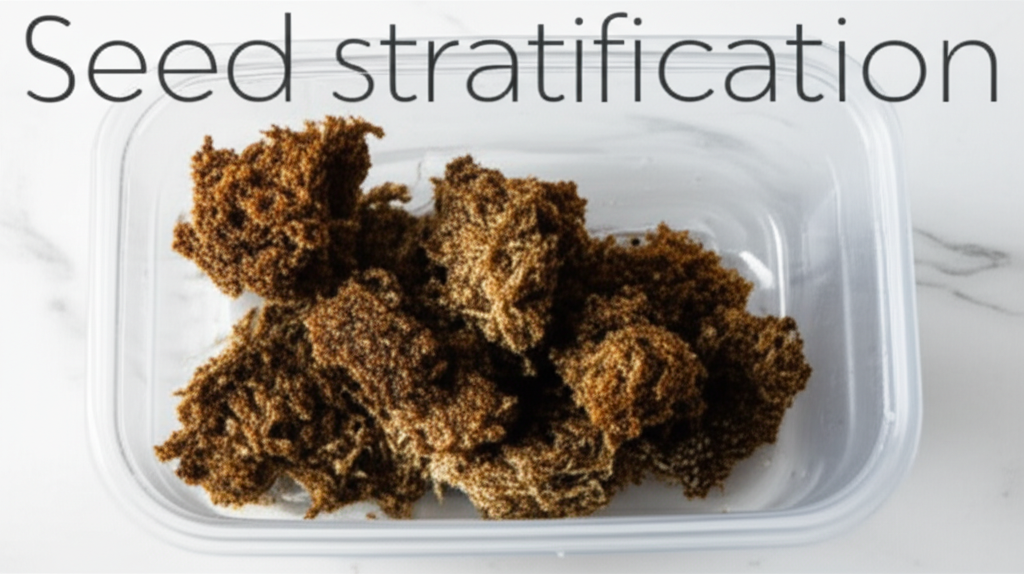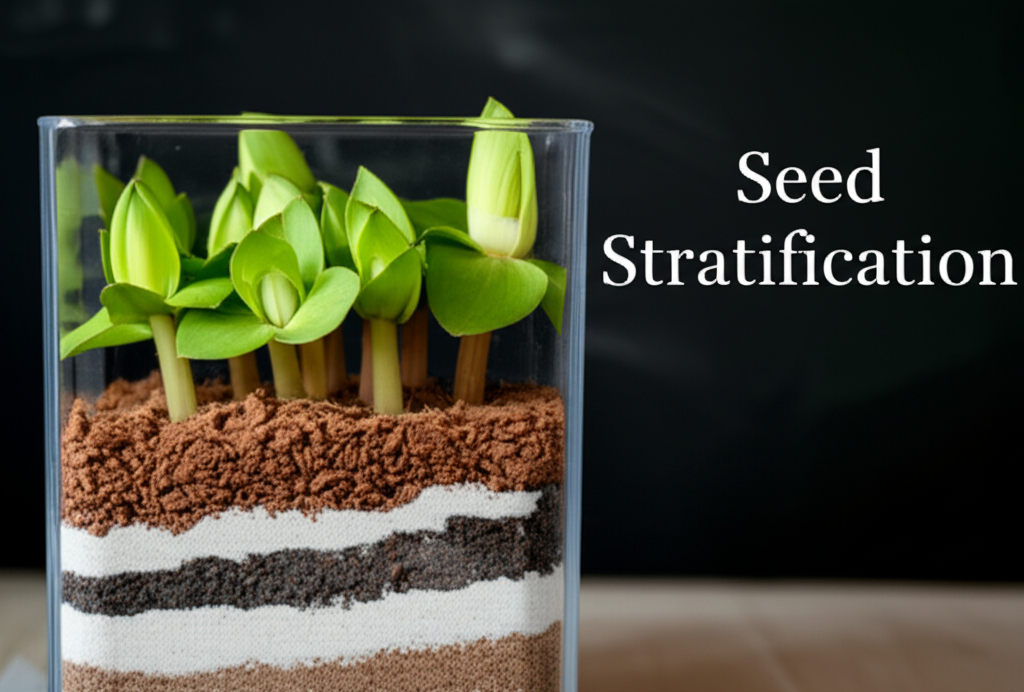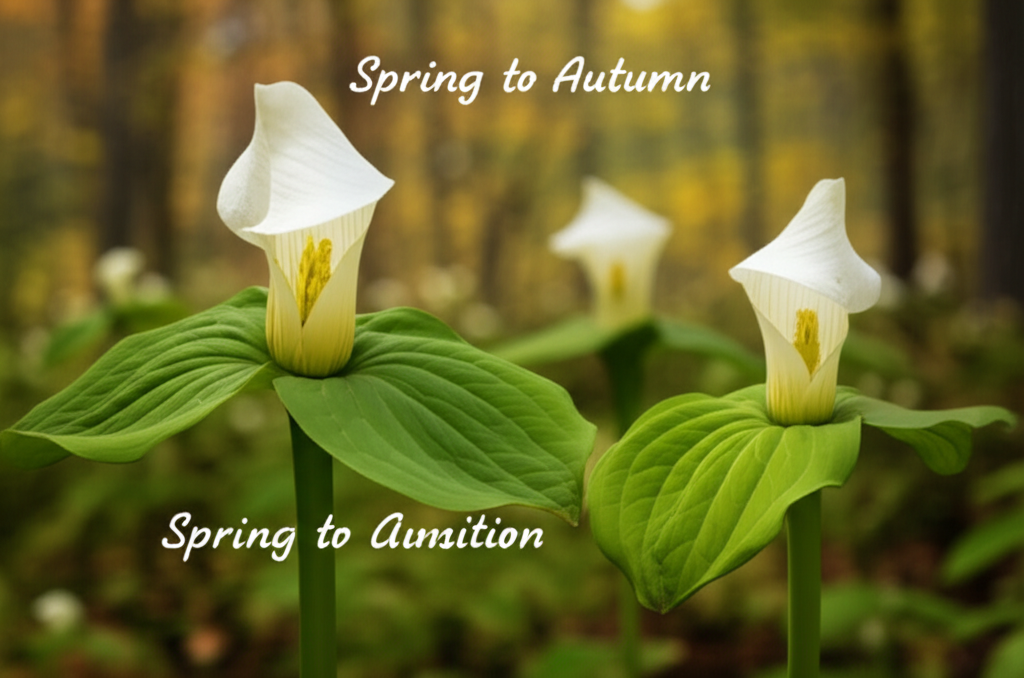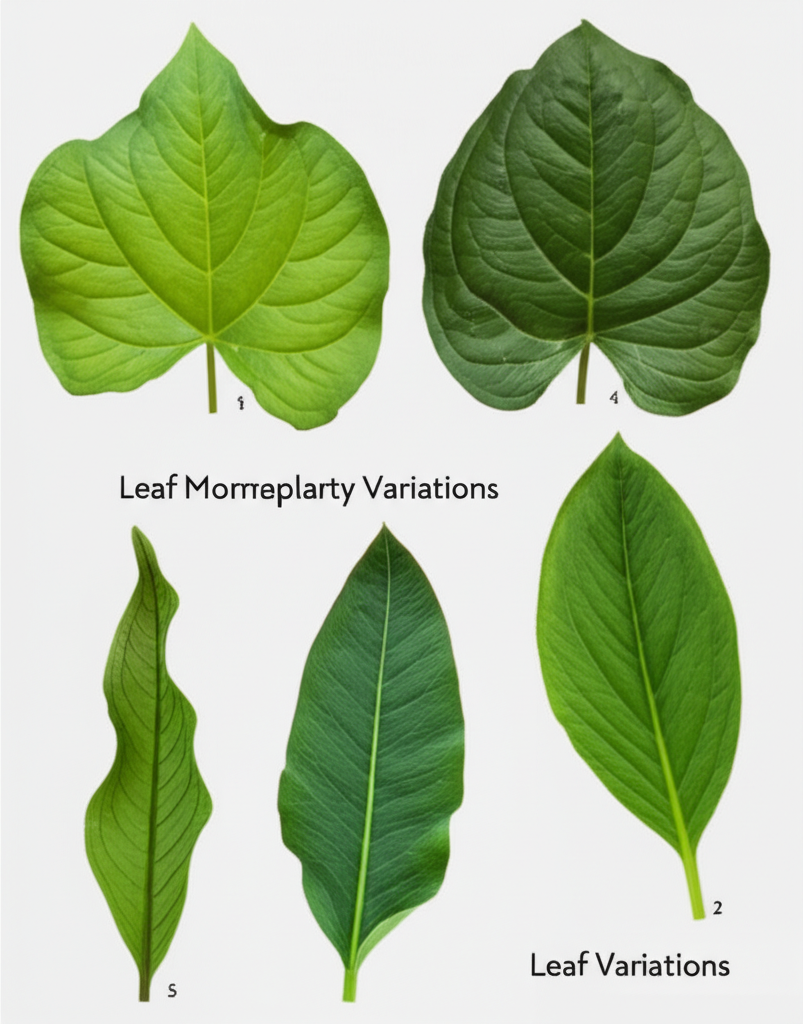The Enchanting Jack-in-the-Pulpit: More Than Just a Pretty Face
The Jack-in-the-Pulpit, scientifically known as Arisaema triphyllum, is a truly captivating woodland native. Its unique hooded spathe, resembling a preacher in a pulpit, and the spadix or “jack” rising from within, makes it an unmistakable and sought-after plant for shady gardens. Beyond its striking appearance, this perennial herb plays a vital role in its native ecosystem, providing habitat and sustenance for various wildlife. However, cultivating this botanical marvel from seed can be a rewarding yet intricate process, primarily due to the specific dormancy requirements of its seeds. Understanding and implementing appropriate seed stratification methods is the key to successfully coaxing these seeds to germinate and bring the magic of the Jack-in-the-Pulpit into your own green space.
Understanding Seed Dormancy: The Root of the Challenge

Before delving into stratification techniques, it’s crucial to grasp why Jack-in-the-Pulpit seeds are so particular. Like many woodland plants that experience the cyclical changes of temperate climates, Arisaema triphyllum seeds have evolved to ensure germination occurs under optimal conditions – typically after a prolonged period of cold and moisture. This natural mechanism, known as dormancy, prevents premature germination during unfavorable times, such as late autumn or winter, when frost or lack of moisture could prove fatal to delicate seedlings.
There are several layers to this dormancy:
- Physical Dormancy: The seed coat can be tough and impermeable to water and oxygen, hindering germination.
- Physiological Dormancy: Internal biochemical processes within the seed may require specific environmental cues to break dormancy and initiate growth.
Seed stratification is the artificial simulation of these natural environmental cues. It’s essentially a controlled process designed to break down these dormancy barriers and prepare the seed for germination.
The Art of Stratification: Two Primary Pathways
For Jack-in-the-Pulpit seeds, two main stratification methods are commonly employed, each mimicking different aspects of their natural germination cycle:
1. Cold Stratification: Mimicking Winter’s Embrace
This is the most critical and universally applied method for Arisaema triphyllum seeds. It aims to replicate the prolonged cold, moist conditions that seeds would naturally experience buried in the forest floor over winter. This process typically involves two distinct phases:
Phase 1: Warm Stratification (Optional but Beneficial)
While not always strictly necessary, a short period of warm, moist stratification can be beneficial for seeds that have particularly hard seed coats. This phase helps to soften the outer layers and prepare them for the subsequent cold treatment.
- Duration: 1-2 months
- Conditions: Keep seeds in a moist medium at room temperature.
Phase 2: Cold, Moist Stratification
This is the core of the cold stratification process.
- Duration: 3-5 months (longer can be better for stubborn seeds)
- Temperature: 34-41°F (1-5°C) – think refrigerator temperature.
- Medium: A clean, sterile medium is essential to prevent fungal growth. Common options include:
- Peat Moss/Sphagnum Moss: Moisten thoroughly but squeeze out excess water until it’s damp, not soggy.
- Vermiculite: Similar to peat moss, it should be damp.
- Sand: Washed horticultural sand works well, also kept consistently moist.
- Container: Sealable plastic bags or containers are ideal to maintain consistent moisture. Label them clearly with the seed type and stratification start date.
- Placement: Store in the refrigerator, ideally in a crisper drawer where temperature fluctuations are less extreme. Avoid placing them near the freezer compartment.
It’s important to check the stratification medium periodically (e.g., every few weeks) to ensure it remains moist. If it appears dry, mist it lightly.
2. Warm-Cold Stratification: A Sequential Approach
This method combines the benefits of both warm and cold stratification in a sequential manner, often proving highly effective for Jack-in-the-Pulpit seeds. It simulates a more natural progression of environmental conditions.
- Phase 1: Warm Stratification (As described above)
- Duration: 1-2 months
- Conditions: Moist medium at room temperature.
- Phase 2: Cold Stratification (As described above)
- Duration: 3-5 months
- Temperature: 34-41°F (1-5°C)
- Medium: Moist peat moss, vermiculite, or sand.
- Container: Sealable plastic bags or containers.
This combined approach addresses both physical and physiological dormancy, often leading to higher germination rates.
Key Facts and Comparison of Stratification Methods
Here’s a quick reference to help you choose the best method for your Jack-in-the-Pulpit seeds:
| Feature | Cold Stratification (Primary) | Warm-Cold Stratification |
|---|---|---|
| Mimics | Winter’s prolonged cold and moisture | Autumn warmth followed by winter cold |
| Duration (Total) | 3-5 months (can extend to 6+) | 4-7 months (or longer) |
| Primary Goal | Break physiological dormancy through cold | Soften seed coat (warm phase) then break physiological dormancy (cold phase) |
| Difficulty | Moderate | Moderate |
| Success Rate (Generally) | Good | Often higher, especially for harder seeds |
| Preparation Time | Shorter (if no warm phase) | Longer (due to sequential phases) |
Sowing Your Stratified Seeds: The Moment of Truth
Once the prescribed stratification period is complete, it’s time to sow your Jack-in-the-Pulpit seeds. The goal now is to provide them with the ideal conditions for germination.
When to Sow
The best time to sow stratified seeds is typically in early spring, mimicking the natural awakening of the forest floor. This usually falls between March and May, depending on your region’s climate. Sowing outdoors in a prepared nursery bed is often the most successful method, allowing the seeds to experience natural fluctuations in temperature and moisture that further encourage germination.
Sowing Medium and Depth
- Soil Mix: Use a well-draining, fertile seed-starting mix. A good blend might include compost, peat moss, and perlite or vermiculite for aeration.
- Container or Garden Bed: You can sow seeds in pots, trays, or directly into a prepared garden bed. For direct sowing, amend the soil with compost and ensure good drainage.
- Depth: Sow seeds approximately 1/4 to 1/2 inch deep.
- Spacing: If sowing directly, space seeds about 1-2 inches apart. If sowing in trays, a few seeds per cell are usually sufficient.
Post-Sowing Care
- Watering: Water the sowing medium gently but thoroughly. Keep the soil consistently moist but not waterlogged. A light misting can be helpful to avoid disturbing the seeds.
- Light: Place trays in a location that receives bright, indirect light. Outdoors, a partly shaded spot is ideal.
- Patience: Germination can be slow and erratic for Jack-in-the-Pulpit seeds. It may take anywhere from a few weeks to several months. Don’t be discouraged if you don’t see immediate results.
Troubleshooting and Tips for Success
Even with proper stratification, occasional challenges can arise. Here are some tips to maximize your chances of success:
Common Issues and Solutions
- Fungal Growth (Mold): This is a common problem with moist stratification.
- Solution: Ensure your stratification medium is sterile. You can sterilize peat moss or vermiculite by moistening them and microwaving them in a sealed bag for a few minutes (be careful of steam). If mold appears, gently remove the affected seeds and medium, and replant the remaining seeds in fresh, sterile medium. A very light dusting of cinnamon can also act as a natural antifungal.
- Seeds Don’t Germinate:
- Solution: Ensure your stratification period was sufficient. Some seeds may require longer than the recommended time. Consider a second stratification period for seeds that haven’t germinated after the first attempt. Verify your stratification temperature was consistent and within the recommended range.
- Slow Germination:
- Solution: Patience is key! Jack-in-the-Pulpit seeds are known for their slow and often staggered germination. Continue to provide consistent moisture and light.
Advanced Stratification Techniques and Considerations
For the truly dedicated gardener, a few more advanced techniques can be explored:
- Testing for Viability: Before embarking on a lengthy stratification process, you can perform a simple float test to gauge the general viability of your seeds. Fill a bowl with water and drop the seeds in. Viable seeds tend to sink, while non-viable ones often float. This is not foolproof but can give you an indication.
- Scarification: For seeds with exceptionally hard coats, a gentle scarification (nicking or abrading the seed coat) before stratification can sometimes improve water penetration and germination. This should be done with extreme care to avoid damaging the embryo. A light sanding with fine-grit sandpaper is a common method.
- Two-Year Germination Cycle: In some cases, Jack-in-the-Pulpit seeds may not germinate in the first spring after stratification. They might require a second period of cold, moist conditions. This means sowing them outdoors and allowing them to overwinter again before expecting germination the following spring. This naturalizes the process and often leads to stronger plants.
Steps, Pros, and Cons of Stratification Methods
This table summarizes the practical aspects of each stratification method:
| Method | Steps | Pros | Cons |
|---|---|---|---|
| Cold Stratification | 1. Soak seeds (optional, 24 hrs) | Effective for breaking dormancy | Requires long time commitment (3-5+ months) |
| 2. Mix with moist medium (peat, vermiculite, sand) | Relatively simple process | Risk of mold if medium is too wet or unsterile | |
| 3. Seal in a bag/container and refrigerate (34-41°F) | Mimics natural overwintering | Requires consistent monitoring of moisture | |
| Warm-Cold Stratification | 1. Warm stratification: Mix with moist medium, keep at room temp (1-2 months) | Addresses both physical and physiological dormancy | Longer overall process (4-7+ months) |
| 2. Cold stratification: Refrigerate as above (3-5 months) | Potentially higher germination rates | More steps involved, higher chance of error | |
| 3. Sow in spring | Suitable for seeds with tougher coats | Requires careful temperature management in both phases |
The Reward: A Thriving Jack-in-the-Pulpit
Successfully propagating Jack-in-the-Pulpit from seed requires patience, attention to detail, and an understanding of its natural dormancy requirements. By mastering the art of seed stratification, you can unlock the potential of these remarkable seeds and cultivate a woodland treasure in your own garden. Witnessing the unfurling of those distinctive leaves and the eventual appearance of its unique bloom will be a testament to your horticultural efforts and a beautiful reward for your commitment to this captivating native plant. Happy planting!



